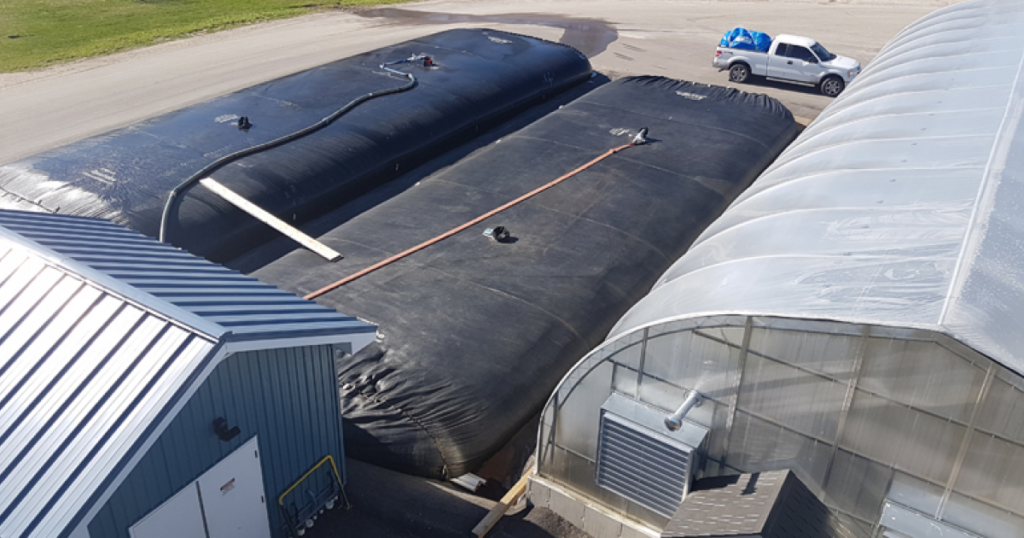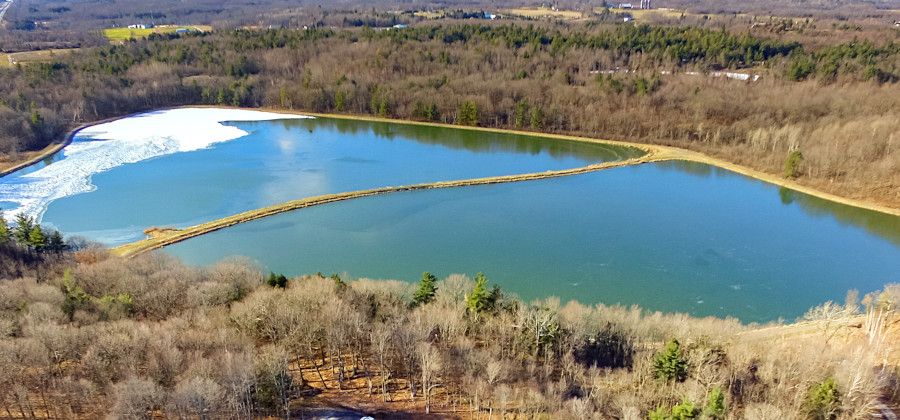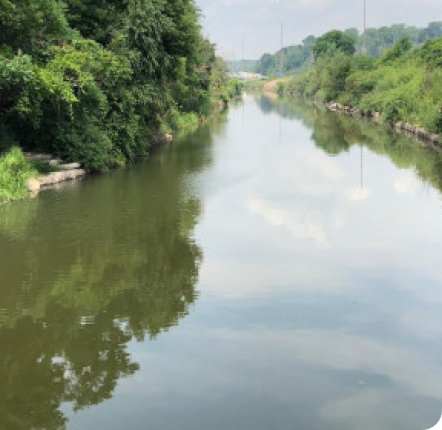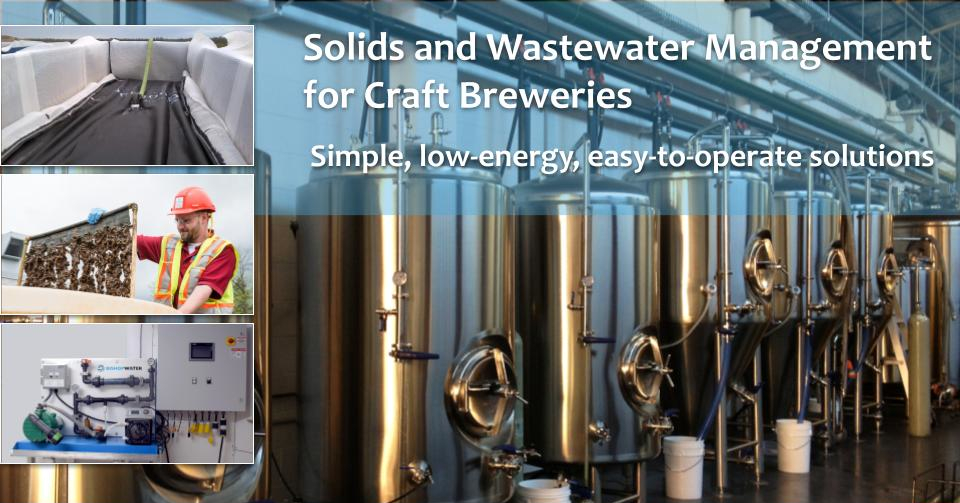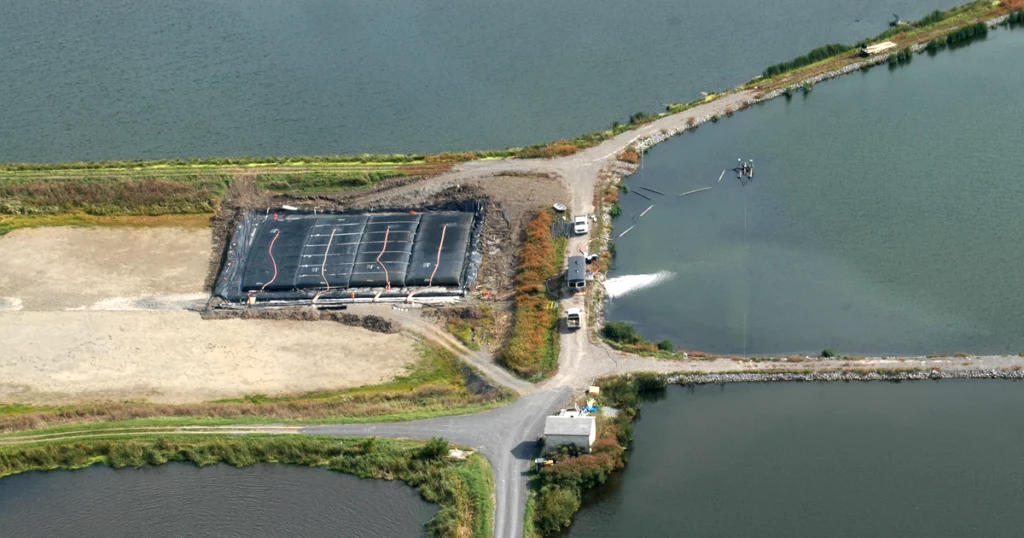
ARTICLE
What’s that smell? Diagnosing springtime lagoon odours.
Spring is almost here, which means lagoons will soon warm up and return to more efficient operation.
But as this happens, non-aerated lagoons, can experience benthal feedback—a process where the turbulence of the warming water stirs up the sludge blanket and releases hydrogen sulfide gas along with nutrients that have accumulated in the settled sludge.
The result can be wafting odours and complaints from the community. Unfortunately, the turbulence in the sludge can also cause elevated concentrations of TSS, BOD, phosphorus and ammonia in treated effluent. In severe cases, the concentrations can be higher in the effluent than the influent and cause non-compliance until the sludge settles again.
So, what can an operator do to prevent the situation from happening again?
An excessively thick sludge blanket can often be the cause of lagoon malodours.
Once the lagoon has undergone the smell test, an accurate diagnosis can be completed with a little time, observation and sampling.
The most obvious sign is sludge that is floating in the lagoon, or large deposits of sludge that rise close to the surface or above it. Samples of the lagoon effluent may exhibit a change in colour, reduced clarity and an abnormally high or non-compliant TSS level.
As sludge accumulates, storage capacity and retention time diminish, which can adversely impact nutrient removal. This can cause algae blooms and significant increases in TSS and BOD, potentially to
levels that are higher than that of the influent.
Short circuiting is another symptom of excess sludge that can also contribute to high effluent TSS. When this occurs, channels form in the sludge that cause wastewater to travel relatively quickly through the lagoon from the inlet to the outlet, rather than dispersing and remaining for the optimal residence time. The shallow depth of the lagoon may also cause poor settling and carry over of sludge into the effluent.
Sludge removal often solves the problem
Removing some, or all, of the sludge blanket can quickly restore lagoon capacity and eliminate performance issues. In some cases, the installation of baffles, aeration and/or fixed-film biological treatment can also provide a significant, cost-effective improvement to lagoon performance.
A sludge survey is an important first step to measure the thickness of the sludge blanket and how it’s distributed throughout the lagoon cell. Following that, Bishop Water can discuss important sludge management considerations and actions including:
- Current lagoon capacity vs. design capacity
- Depth and distribution of sludge
- Location and volume of recommended sludge removal
- Available budget and operational objectives
- Partial vs. total lagoon sludge cleanout
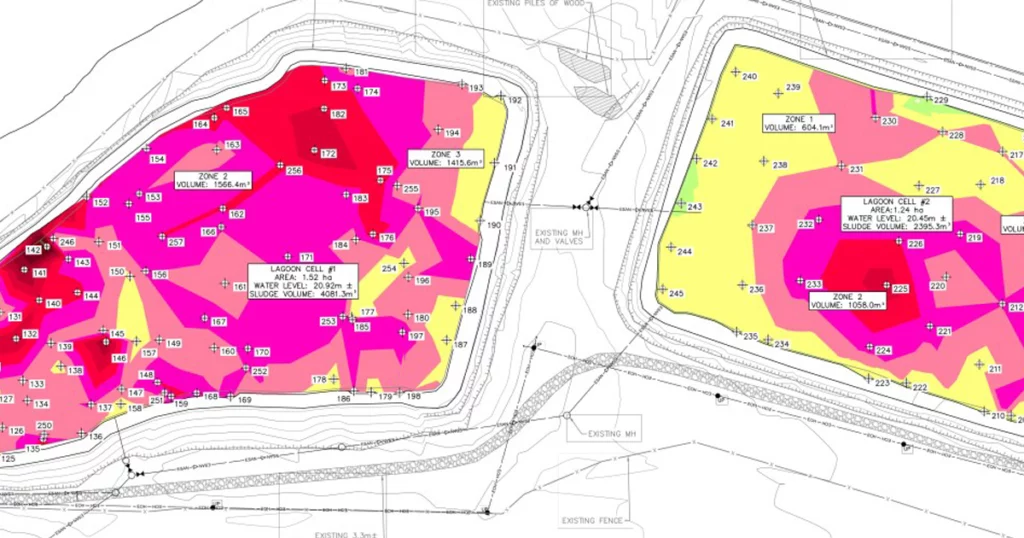
Example of a sludge survey map
Depending on the results, urgency and budget availability, a total cleanout might be the right approach, or a partial cleanout to remove sludge only from areas of concern and defer the full cost to a future fiscal year.
Once a plan is ready, our team can begin mobilizing sludge removal equipment and the Bishop Solids Management Solution. This process provides a simple and cost-effective way to collect, dewater and contain sludge and achieves a high level of dry solids using only polymer conditioning, Geotube™ containers and gravity.
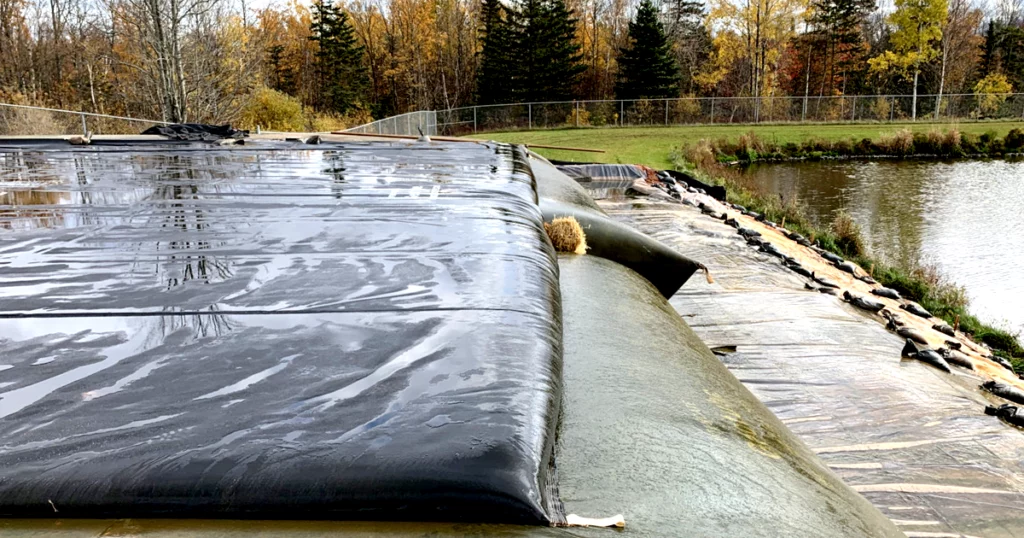
Collecting, dewatering, and containing sludge with Geotube containers

